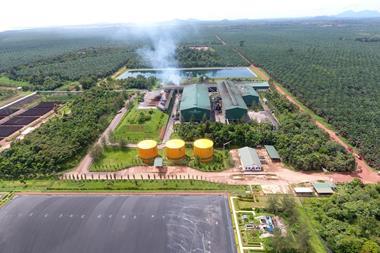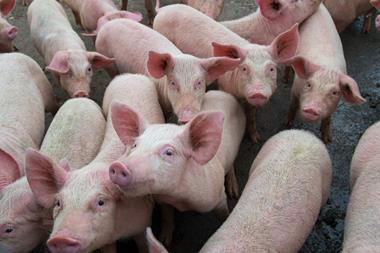
Edible oil prices could face further turmoil after Indonesia imposed curbs on its world-leading palm oil exports and as concerns grew that war in eastern Europe could dent Ukraine’s huge sunflower oil output.
Ahead of the UN Food and Agriculture Organization’s (FAO) global Vegetable Oil Price Index hitting “an all-time high” in January, Jakarta ordered that 20% of national output be sold domestically at a fixed price, a move likely to tighten the global palm oil market and further fuel inflation.
“After a short-lived drop, international palm oil prices rebounded in January, largely underpinned by concerns over a possible reduction in export availabilities from Indonesia, the world’s top palm oil exporter, as well as subdued output in key producing countries,” the FAO said.
Together Indonesia and Malaysia account for over 80% of global palm oil exports, though production fell in Malaysia after the government’s border closure in March 2020 and other coronavirus restrictions left plantations short of around 70,000 workers.
In a sector already marred by links to deforestation and labour rights concerns, the curbs also likely “limited the ability of companies to visit and engage their suppliers on the ground”, according to the Palm Oil Transparency Coalition, which includes Aldi, Co-op, Sainsbury’s and Tesco.
How could conflict between Russia and Ukraine impact food commodities?
Meanwhile, what the FAO said were “robust import purchases, particularly from India”, pushed soy oil prices up last month, with rapeseed and sunflower prices “buoyed” by a mix of “lingering supply tightness and surging global import demand”.
Vegetable oil prices are likely to rise further in February as concerns grow about possible Russian invasion of Ukraine, a worst-case scenario that could damage Ukrainian production prospects and see Russian output included under any retaliatory economic sanctions.
Together the two countries make up “more than 75% of all sunflower oil exports, with Ukraine alone amounting to nearly 50%”, according to IHS Markit, while around 15% of rapeseed oil on world markets typically comes from Russia and Ukraine.
The FAO said rising fuel oil prices had contributed to vegetable oil price rises, as some of the latter double up as fuels. Oil and gas prices could also face further upward pressure due to the stand-off in eastern Europe, which has pitted Russia, the world’s biggest exporter of natural gas and the second-ranked oil exporter, against some of its main western European export markets.


















